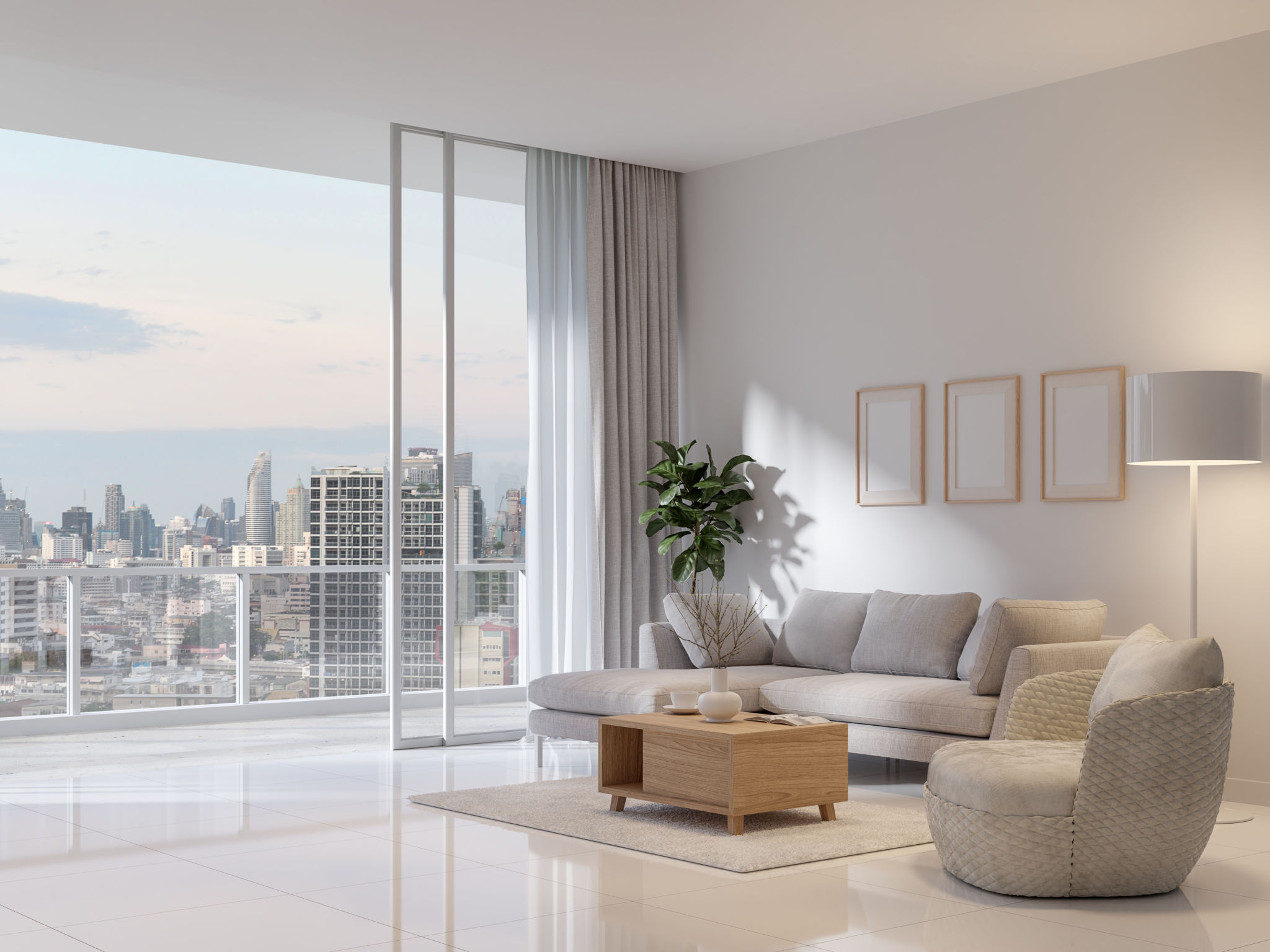Case Study: Transforming Vacant Offices into Desirable Residential Properties
AP
The Challenge of Vacant Offices
In recent years, the landscape of commercial real estate has undergone significant shifts. With the rise of remote work and changing business needs, many office spaces have been left vacant. This presents a unique challenge for property developers and city planners: how to repurpose these unused spaces effectively.
Transforming vacant offices into desirable residential properties has emerged as a promising solution. This approach not only revitalizes unused spaces but also addresses the growing demand for urban housing.

Understanding the Transformation Process
The process of converting office buildings into residential properties is intricate. It involves several steps, each crucial to ensuring the success of the project. Here’s a look at the key stages:
- Assessment and Planning: The first step involves evaluating the structural integrity and potential of the office building for conversion. Detailed planning is essential to determine the layout, utilities, and amenities needed.
- Design and Renovation: Architects and designers work together to create functional and attractive living spaces. This stage may involve significant renovations, such as adding plumbing and electrical systems suitable for residential use.
- Compliance and Approval: Navigating zoning laws and building regulations is critical. Securing necessary permits and approvals ensures that the project adheres to legal standards.

Case Study: Successful Transformation
A prime example of successful office-to-residential transformation can be seen in a recent project in downtown Chicago. A mid-century office building, once bustling with corporate activity, had stood empty for years. Developers saw an opportunity to breathe new life into the structure by converting it into modern apartments.
The project involved transforming the building's interior while preserving its historical façade, which added character to the new residential units. The result was a set of stylish apartments that quickly became highly sought after by urban dwellers seeking convenience and charm.

Benefits of Converting Offices to Residential Spaces
Such transformations offer numerous benefits, both for the developers and the community. Some key advantages include:
- Revitalization of Urban Areas: Converting office buildings helps rejuvenate neighborhoods, making them more vibrant and economically viable.
- Increased Housing Supply: With more people seeking city living, turning offices into homes helps meet housing demands without expanding urban sprawl.
- Sustainability: Repurposing existing structures is often more environmentally friendly than new construction, reducing waste and conserving resources.
Challenges and Considerations
Despite the benefits, transforming vacant offices into residential properties is not without challenges. Developers must consider factors such as:
- Cost of renovation versus potential returns on investment.
- The need to update infrastructure, including HVAC systems, elevators, and parking facilities.
- Balancing modern amenities with historical preservation, where applicable.

The Future of Office-to-Residential Conversions
Looking ahead, the trend of converting vacant offices into residential spaces is likely to continue as urban centers evolve. This approach provides a sustainable solution that addresses both economic and housing challenges in cities worldwide.
As developers refine their strategies and technologies improve, we can expect even more innovative transformations, further enhancing urban living experiences. This case study provides a glimpse into the potential of such projects to reshape our cities for the better.
